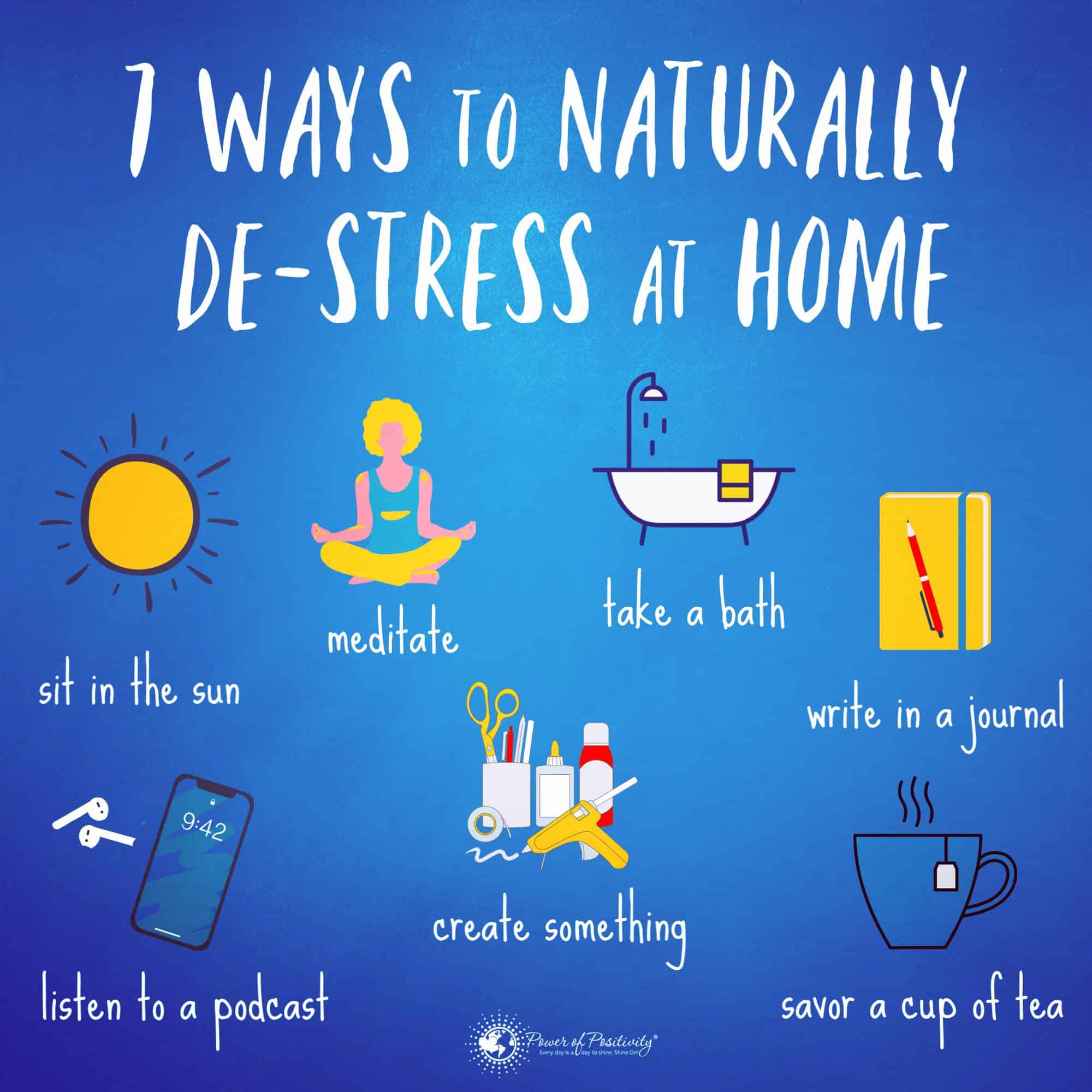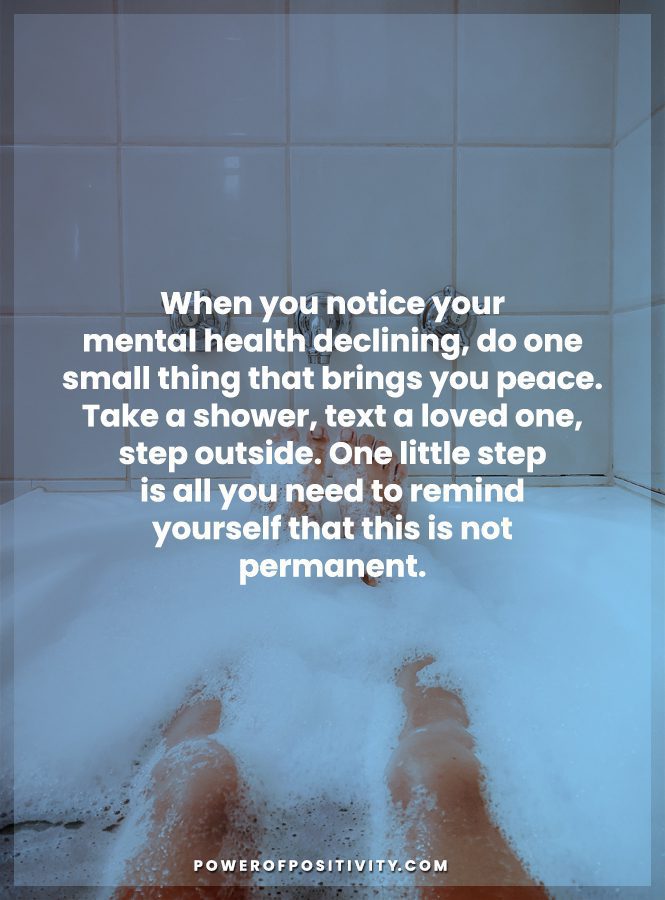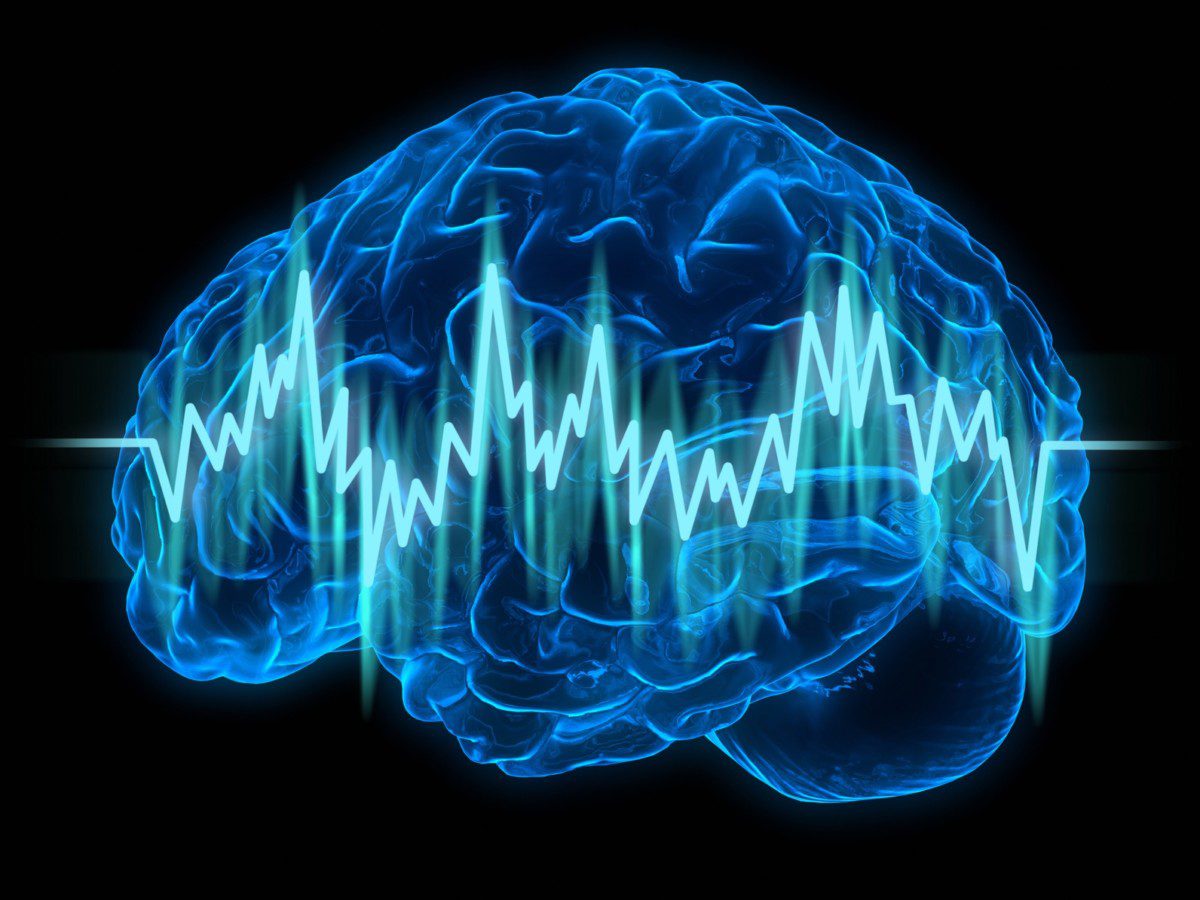We grow up with an idea of what the perfect relationship looks like. We dream of the fairy tale. Unfortunately, the fairy tale is just a tale and our expectations for what a real relationship looks like are shaped by the shows we watch, the magazines we read and the music we listen to.
These influences often depict an unrealistic view of what being in a meaningful relationship means. When you are in a healthy and mature relationship you have space to grow as an individual and as a couple. You continue to learn new things by yourself as well as together and you are confident in yourself and your partnership.
Being in the right relationship combines the best of who you are with the best of someone else to create a force that is magical.
Here are 10 ways to tell if you’re in a mature relationship:
1 – You Maintain Individual Interests
Just because you are in a relationship doesn’t mean you lose your individual identity. The things that made you attractive to your partner should continue to make you attractive to him. That means maintaining the things that bring you joy.
2 – You Develop New Interests as a Couple That You Both Enjoy
Entering a partnership requires compromise and creating space for new activities that you can do together. Developing interests you can do together and sharing new experiences will bring you closer and allow you to grow in your relationship.
3 – People Like You Together
If your relationship is serving both you and your partner, then it will show through your actions and your attitude. The people around you will notice a new sense of confidence and higher self-esteem about you and will like the “new” you and the relationship.
4 – You Fight Fair
Fighting fair is about understanding your partner’s point of view and compromising in finding common ground. It isn’t about winning or even making a point; it’s about taking an issue you disagree on and finding a way to move forward in a way you both can live with.
5 – You Have a Similar Vision for The Future
It’s hard to plan a future life together if your vision for what that looks like differs from one another. You must be on the same page from the beginning because believing your partner will come around to your way of thinking will just lead to disappointment and frustration down the road.
6 – You Don’t Feel The Need to Change Your Partner
Being in a mature relationship means accepting each other as you are. Sure we all have quirky traits but we learn to accept them as part of the bigger package. The time you spend to trying to change your partner would be better spent finding the right partner.
7 – You Share a Group of Friends but Also Have “Your” Friends
Similar to maintaining individual interests, it’s important to maintain your friends. These are the people that know you, that help heal you and support you and they are important. Do not feel you have to choose between your friends and your partner because doing so will damage both relationships.
8 – You Make Each Other Better
Your individual interests should serve as an inspiration for each other. Your relationships should not only make you better, but it should also make you want to be better. When you are in a relationship that serves you, you increase your natural energy so that anything seems possible.
9 – You Enjoy Your Time Alone as Much as You Do Your Time Together
Healthy and strong relationships are not threatened by time apart. Of course in the initial phases of any relationship, you can’t seem to spend enough time together. Just remember your time alone is how your soul recharges. You should want that space where you can process and enjoy what is good in your life.
10 – There Are No Secrets
When you are in a mature relationship, you feel supported in sharing information about events that have shaped you. You feel comfortable talking about money, past transgressions and the lessons you learned along the way. You know that your partner won’t judge you, nor will you judge them and it will only help to strengthen the relationship and deepen the bond.
Of course, this list is not comprehensive and there are many other ways to determine if we are in a mature relationship. The biggest thing we need to pay attention to is how the relationship is making us feel. Does it make you feel whole, supported and good? Then chances are you in a good relationship.
Do yourself a favor and keep checking in on your feelings and observe how you and others react to your relationship. In the end, keep your eyes open and remember at some point you have to trust that the relationship is the right one. Constant doubt will only undermine the goodness in it.














